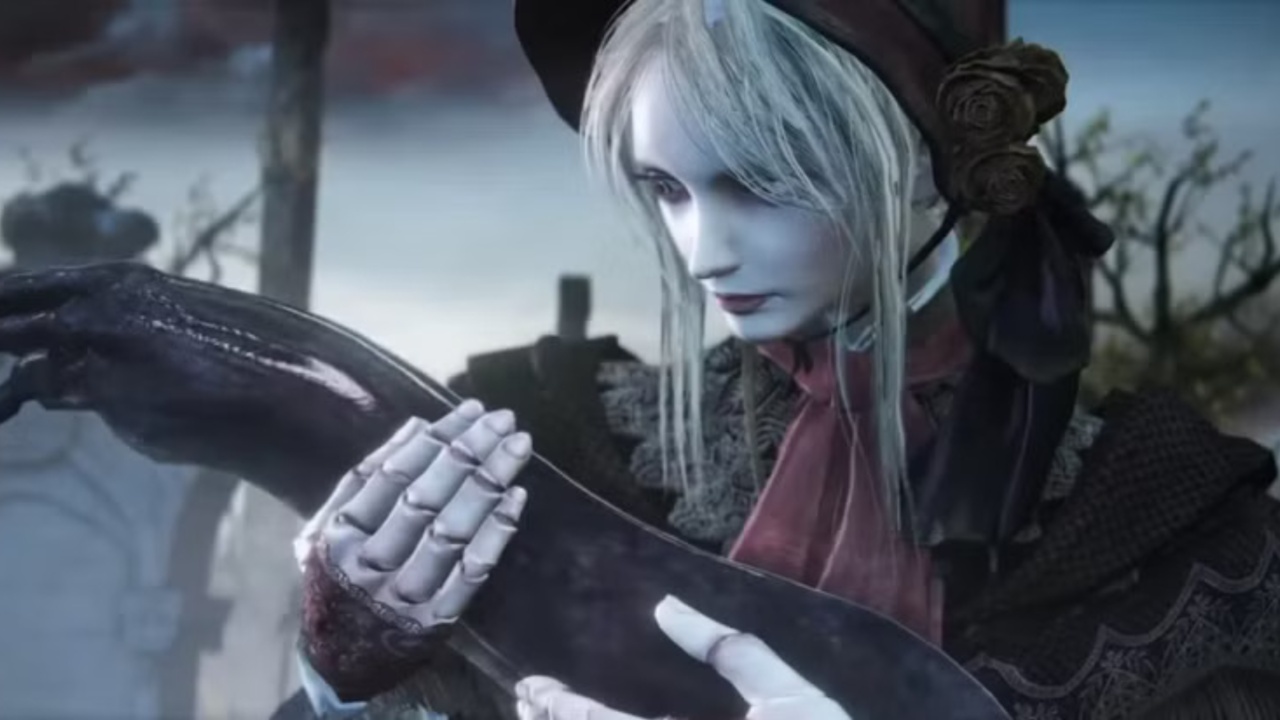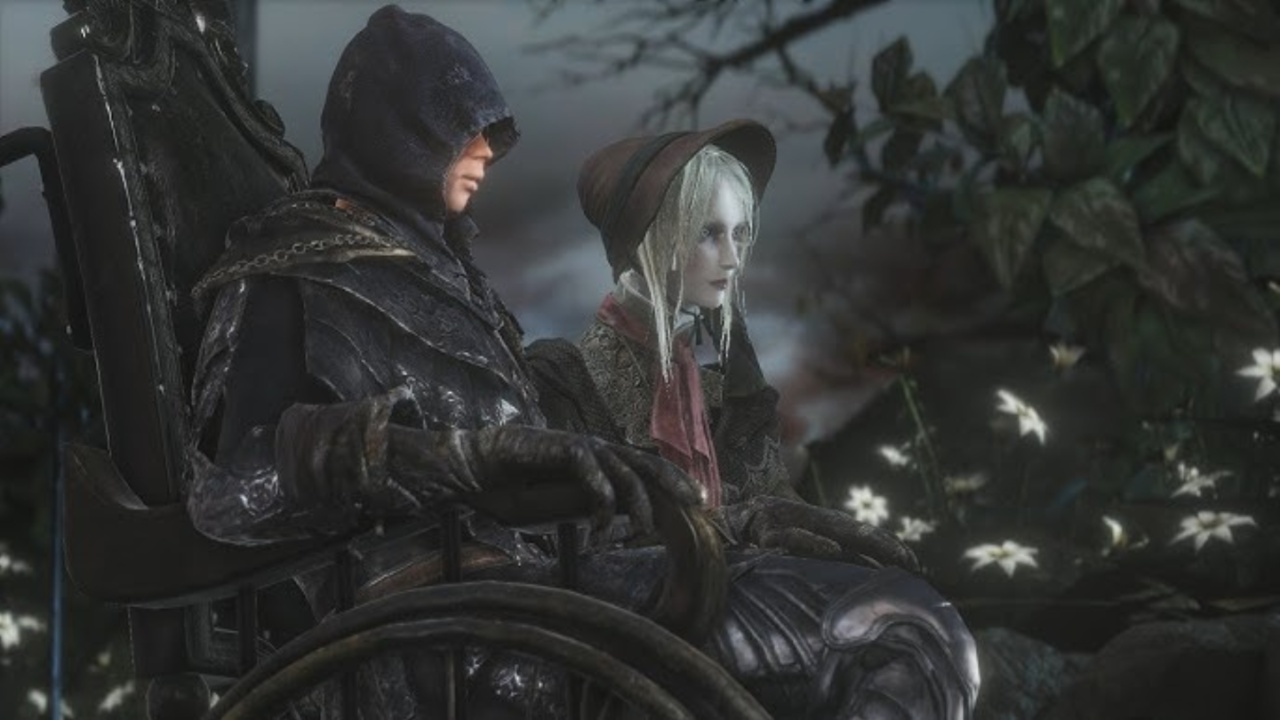FromSoftware games are renowned for offering multiple endings, allowing players to shape the conclusion based on their choices. Some endings result from split-second decisions during pivotal moments, while others require completing extensive side quests or uncovering hidden content.
Bloodborne combines these approaches, presenting three distinct endings that give players significant control over the story’s resolution. True to the game’s signature style, all endings remain ambiguous and open to interpretation, encouraging players to piece together meaning from the rich lore and narrative clues scattered throughout Yharnam and the Hunter’s Dream.
Yharnam Sunrise Shows The Hunter Escaping The Hunt And Returning To Reality
The first ending, Yharnam Sunrise, represents the simplest and most straightforward conclusion. The player character, a foreign traveler seeking a cure for an illness in Yharnam, experiences the city’s descent into chaos during the Hunt. After defeating the Great One Mergo, the player returns to the Hunter’s Dream, where Gehrman, the caretaker of the Dream, offers to release them from their obligations.
Accepting his offer leads to Gehrman beheading the Hunter, allowing them to awaken in the real world. This ending implies survival and escape, though it leaves much of the narrative ambiguous, particularly regarding the reality of the Hunter’s experiences and the true nature of the Dream.

The Honoring Wishes ending unfolds when the player refuses Gehrman’s offer of freedom, choosing to remain in the Hunter’s Dream. Gehrman, the Dream’s guiding figure, rises to battle the player in a symbolic duel between master and pupil. If the player has not consumed three ‘Third Umbilical Cord’ items, the Moon Presence, the Great One controlling the Dream, intervenes after Gehrman’s defeat.
Overpowered by this cosmic entity, the Hunter is bound to the Dream, taking on the role of Gehrman’s successor as a guide for future hunters. This ending emphasizes duty, sacrifice, and the cyclical nature of the Hunt, while leaving the Hunter trapped in a supernatural cycle they cannot escape.
Childhood’s Beginning Transforms The Hunter Into A Great One Through Secret Choices
The third ending, Childhood’s Beginning, requires the player to consume the secret Umbilical Cord items and refuse Gehrman’s offer. Following the duel with Gehrman, the Moon Presence attacks but is repelled, initiating a second boss battle. Defeating it triggers the game’s most enigmatic conclusion: the Hunter transforms into an infant Great One, replacing the Moon Presence in the Hunter’s Dream.
The Plain Doll, the Hunter’s loyal companion, nurtures them until their powers fully manifest. This ending suggests a form of ascension or rebirth, leaving open questions about the Hunter’s future influence and the implications for humanity, encapsulating the game’s fascination with cosmic horror and transformation.
All three endings of Bloodborne emphasize ambiguity, leaving players to interpret events based on personal experience and engagement with the lore. Yharnam Sunrise focuses on survival, Honoring Wishes explores duty and sacrifice, and Childhood’s Beginning highlights transcendence and cosmic mystery.
By tying outcomes to both immediate decisions and long-term choices, the game encourages multiple playthroughs and fosters deep analysis. The endings reflect Bloodborne’s broader narrative themes: the struggle against incomprehensible forces, the burden of knowledge, and the blurred line between dream and reality.



